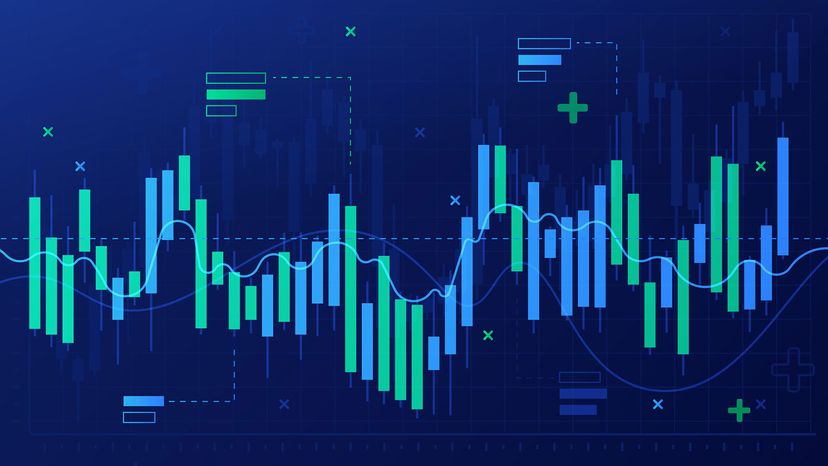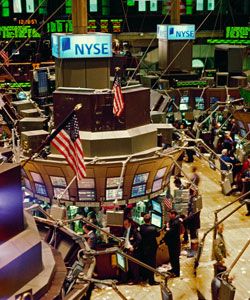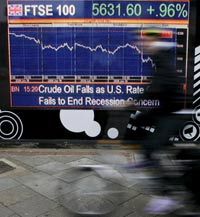So why does an inverted yield curve have recession watchers so worried? Because it's a sign of lagging investor confidence that can have real effects on the flow of money into the economy.
Jeroen Blokland is the founder of True Insights, an independent investment research platform focusing on global multi-asset portfolios. He says one of the reasons for concern is because inverted yield curves have forecast the last six recessions. He also believes the Federal Reserve System was too far behind the curve in thinking that the current high rate of inflation would be temporary.
"To get back ahead of the curve and restore credibility, [the Federal Reserve] has to tighten aggressively to slow inflation," Blokland says via email. If the yield hits the neutral rate, which is somewhere around 2.5 percent, it will start to impact gross domestic product growth, Blokland says. Most of the time this signals lower, not higher longer-term bond yields, and often a recession.
Also, when capital is tight, businesses shelve new projects, freeze hiring or even lay off employees to cut costs. When workers are nervous that they're going to lose their jobs, they're less likely to buy cars or build new houses. Slowly but surely the economy loses steam, unemployment grows and we're back in a recession.
Blokland notes that an inverted yield curve doesn't mean that a recession is arriving tomorrow, but the odds of one coming are high. "I would be cautious in stating this time is different. One could argue that the 10-year, three-month yield curve has not inverted, but that one tends to invert after the 10-year, two-year curve," he says. "So I would put the odds of a recession at 50 percent or higher."
So what does this mean for the average investor? If too many think that the economy might fall into a recession and start moving their money into other places, that could fuel the self-fulfilling prophecy.
"Selling your equities automatically when the yield curve inverts is not the best strategy," Blokland says. "My general idea would be not to get too negative, but instead be a bit more cautious when [we] pass 12 months after this inversion." Ironically, he says, risky assets and equity markets, in particular, tend to go up just until the recession arises. And the increase between yield curve inversion and recession is significant.



